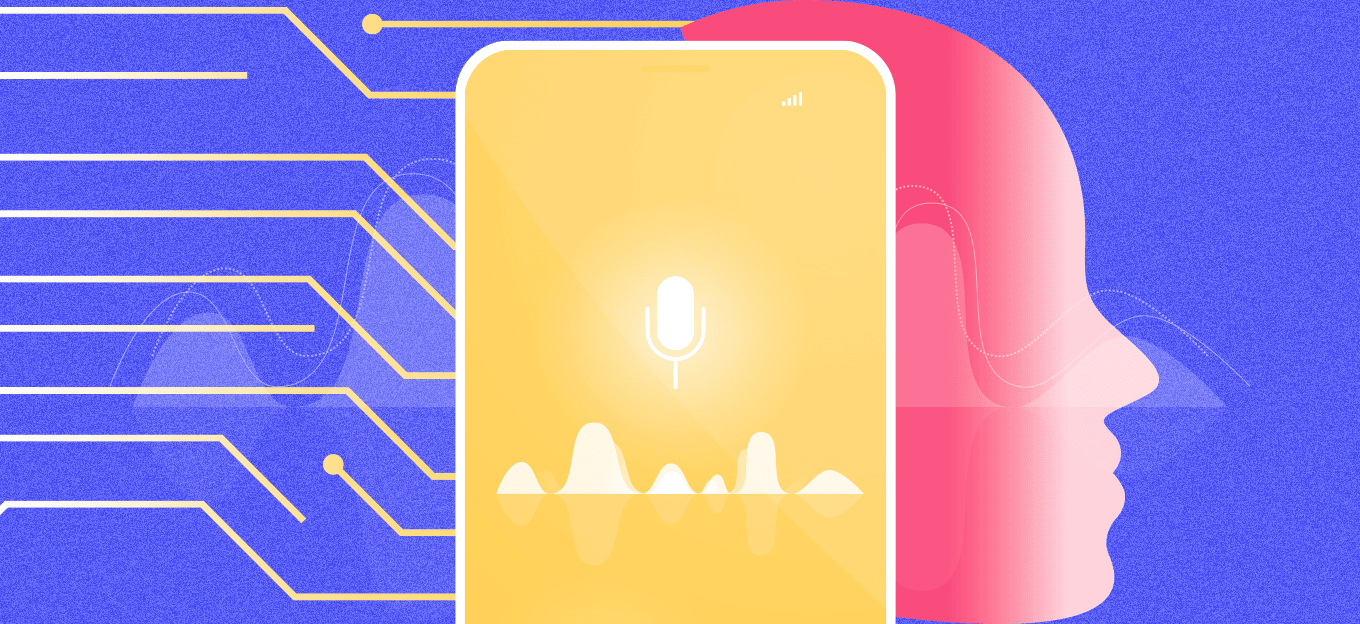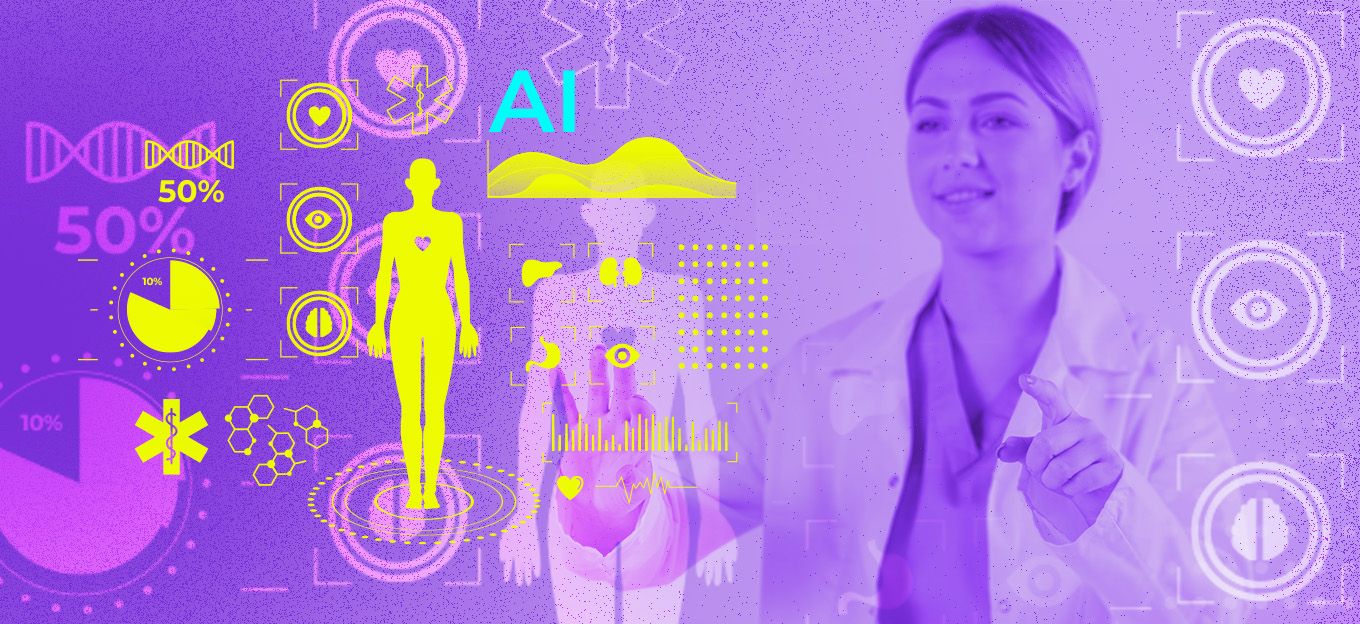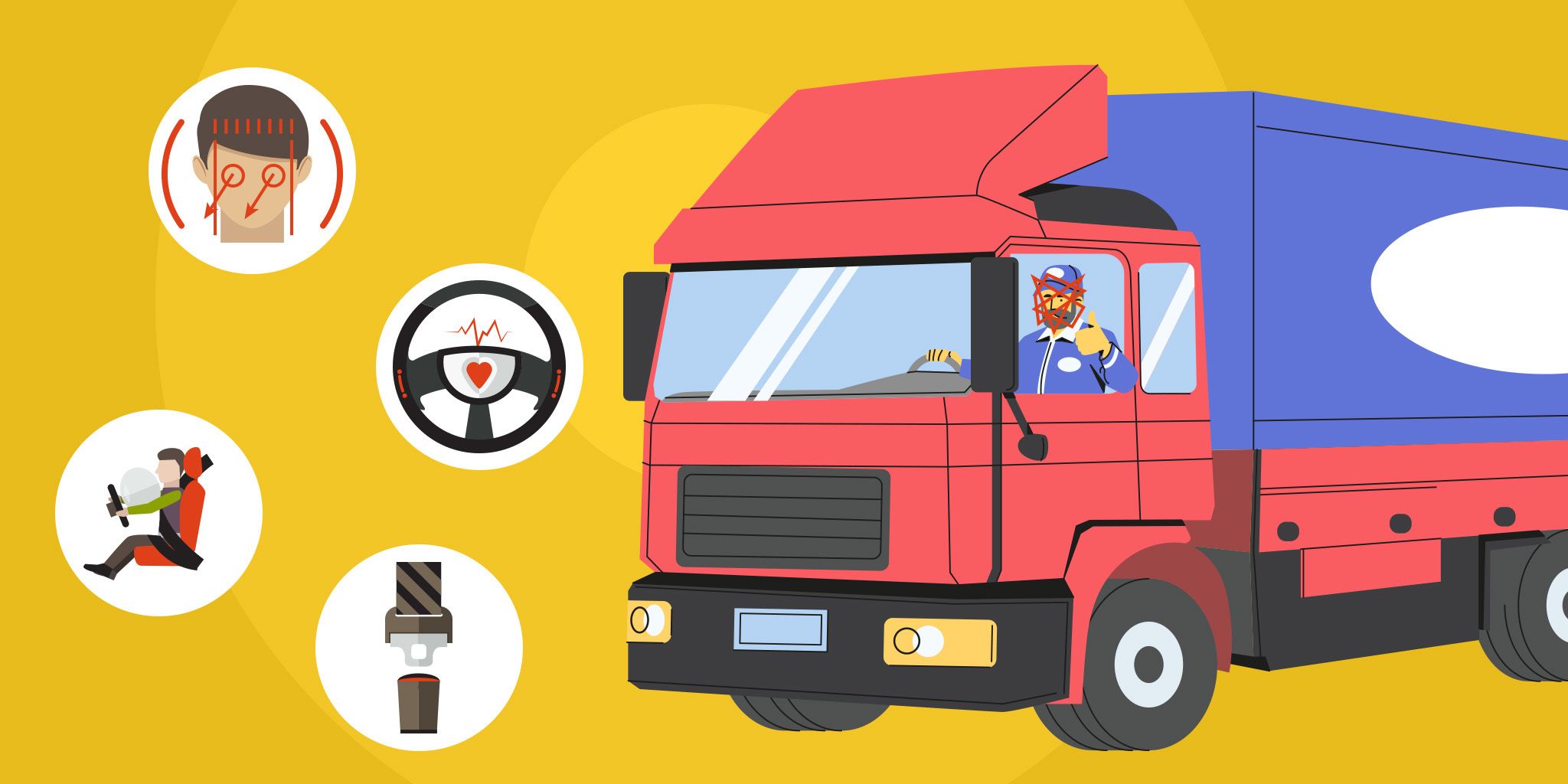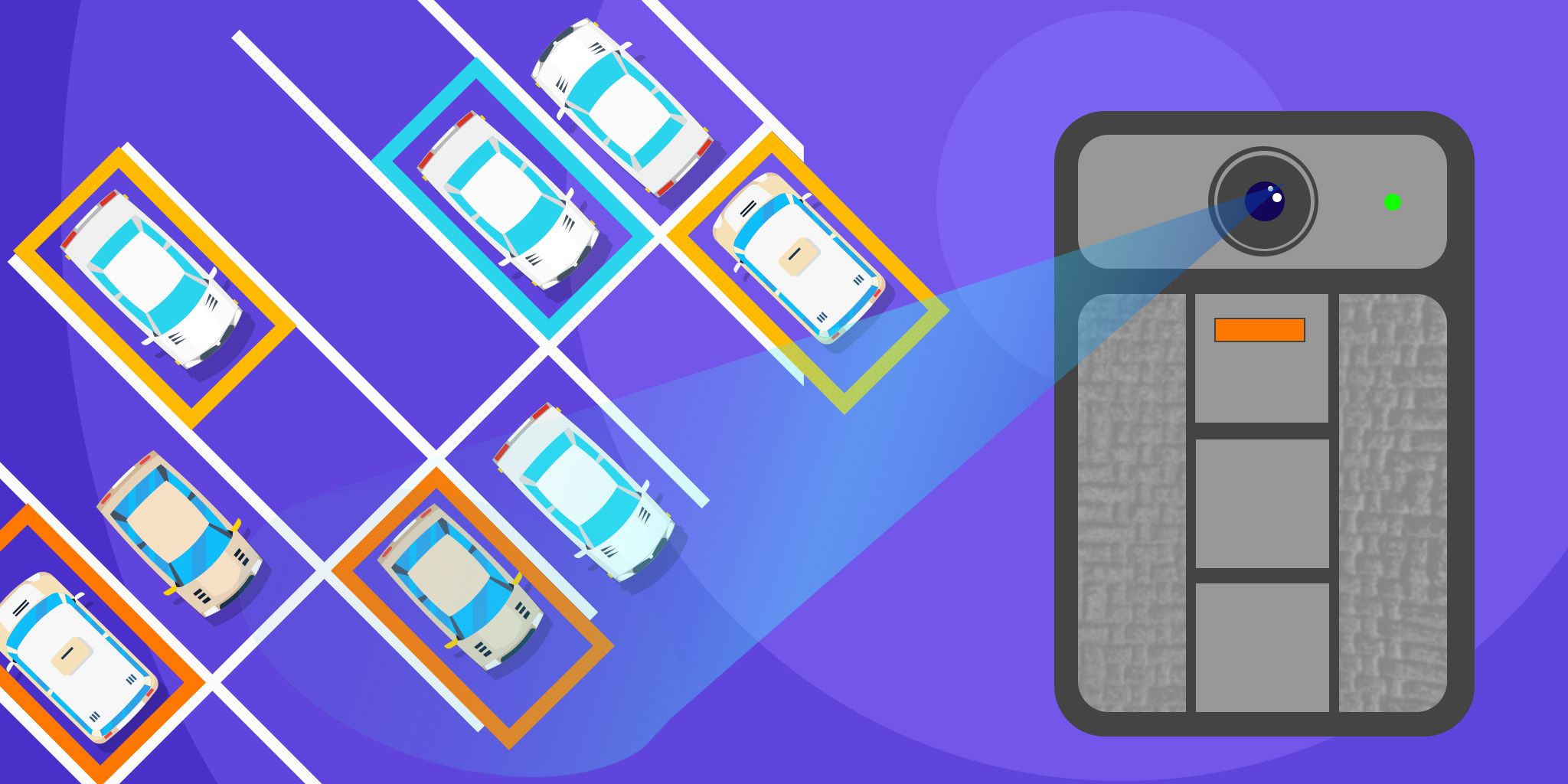Targeted AI Solutions to Ease the Shortage of Veteran Workers
Targeted AI Solutions to Ease the Shortage of Veteran Workers
- Last Updated: May 6, 2025
BlendVision
- Last Updated: May 6, 2025



The issue of the declining birth rate is having a profound impact on the labor market. While the service industry is feeling the effects first, eventually all sectors will face the dual challenge of a labor shortage and talent retention.
In the future, companies will not only struggle to attract new talent but also need to find efficient ways to retain employees to maintain stable operations.
However, when it comes to retaining talent, companies typically encounter three major pain points:
- The high cost of training new employees
- The lack of talent development planning
- The loss of knowledge when experienced workers leave
Each of these issues weakens a company’s competitiveness and, like a virus, can spread internally. For example, without a clear talent development plan, employees may feel their career progression is limited and choose to leave. When senior employees resign, the know-how behind work processes may not be passed on to newcomers, exacerbating the talent gap.
AI presents a potential solution to these challenges—helping companies address training issues and improve talent retention.
Labor Shortage Crisis in the Food & Beverage Industry
BlendVision, KKCompany's AI-powered video streaming solution, originally focused on media content management and live e-commerce broadcasting. However, it has recently expanded into the restaurant industry's training sector, showcasing a practical application of AI integration through a real-world case study.
In the food & beverage industry, high employee turnover and difficulties in recruitment are major issues. New employees face a steep learning curve, and training resources are often limited.
Moreover, many restaurant owners view their recipes and cooking techniques as trade secrets, which increases the risk of know-how loss. Therefore, improving training efficiency without disrupting daily operations has become a pressing need.
“Multimodal AI” represents a key breakthrough in current AI development. Unlike traditional single-modality AI, which can only analyze text or images in videos, multimodal AI integrates textual descriptions, speech content, and emotional cues in images.
This allows it to generate multiple forms of data simultaneously—text, speech, photos, and video—making information more interactive and applicable, and enhancing knowledge management and decision-making in enterprises.
In the case of the food & beverage industry, although large chain restaurants have established basic standard operating procedures and clearly defined recipes and workflows, much of the material still exists in text format.
New hires still need hands-on guidance from senior chefs to master the cooking “tips and tricks”. While pre-recorded cooking videos can help, they are often difficult to search for specific content, limiting their efficiency.
With multimodal AI, restaurants can create a customized “One-Stop Culinary Learning Platform.” The platform can analyze videos of experienced chefs cooking, tag specific techniques and critical points, and convert these into structured learning materials.
AI’s auto-tagging and summarization functions enable new chefs to quickly search for and review specific recipes or procedures, mastering techniques efficiently and significantly reducing the teaching burden on veteran chefs.
In the food & beverage sector, beyond exclusive recipes and formulas, the most valuable asset is the experience accumulated by master chefs over many years. These invaluable skills can now be systematically preserved and passed on through AI, helping the next generation of chefs learn and improve more efficiently.
This ensures brand consistency in technique and quality, especially critical for chain restaurants and groups that need to expand rapidly while maintaining operational consistency.
Identify Problems and Apply AI Strategically
The core takeaway from this case is the principle: “Identify the problem first, then determine how AI can help.” This helps avoid falling into the trap of using AI just for the sake of using AI.
Beyond the food & beverage industry, it’s easy to imagine similar applications in other industries—especially within larger organizations. For example, companies could use AI to tailor training suggestions based on employee learning progress and track performance in real time, improving overall training effectiveness.
To address concerns around data confidentiality, AI systems can use tools like watermarks and student IDs, combined with DRM (Digital Rights Management) technologies to encrypt and securely store sensitive materials. This helps protect core technologies and operational secrets, reducing the risk of business intelligence leaks.
By leveraging AI to digitize training systems and convert experience into standardized processes, companies not only reduce their dependence on veteran workers but also stabilize their operations.
Of course, companies could choose not to adopt AI and still use traditional methods to deal with labor shortages and training challenges in the short term. However, the real key isn’t just solving the immediate problem—it’s how to continue evolving amid the wave of technological innovation.
Embracing innovation is essential to maintaining competitiveness because the market won’t wait. Only companies that can flexibly adopt new technologies will be able to gain the upper hand in changing times.
The Most Comprehensive IoT Newsletter for Enterprises
Showcasing the highest-quality content, resources, news, and insights from the world of the Internet of Things. Subscribe to remain informed and up-to-date.
New Podcast Episode

What is Hybrid Connectivity for IoT?
Related Articles





